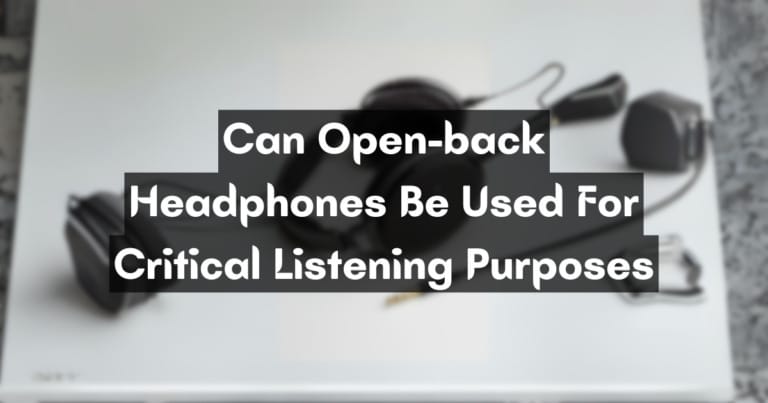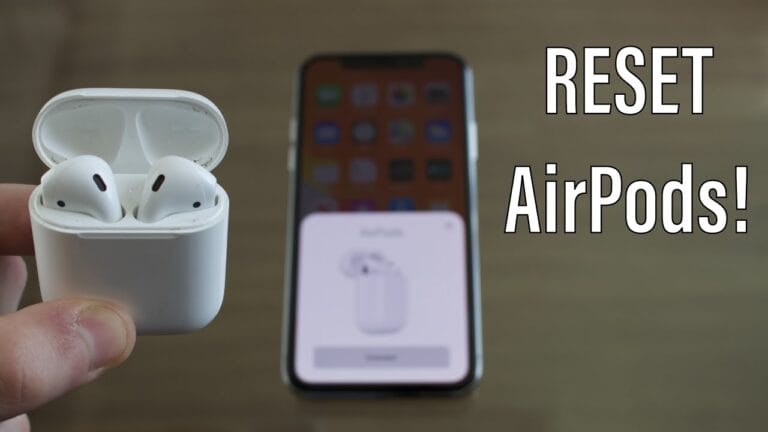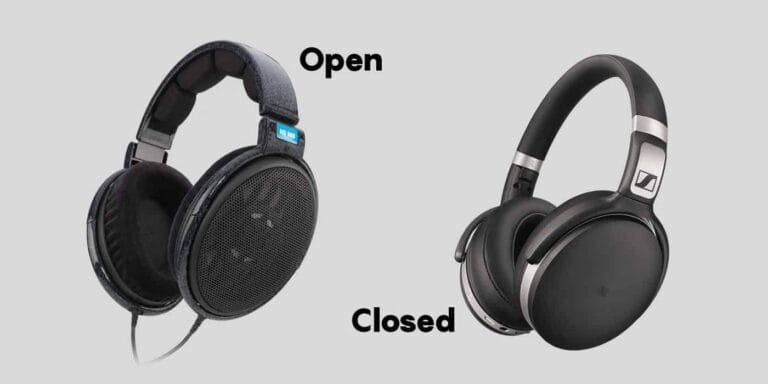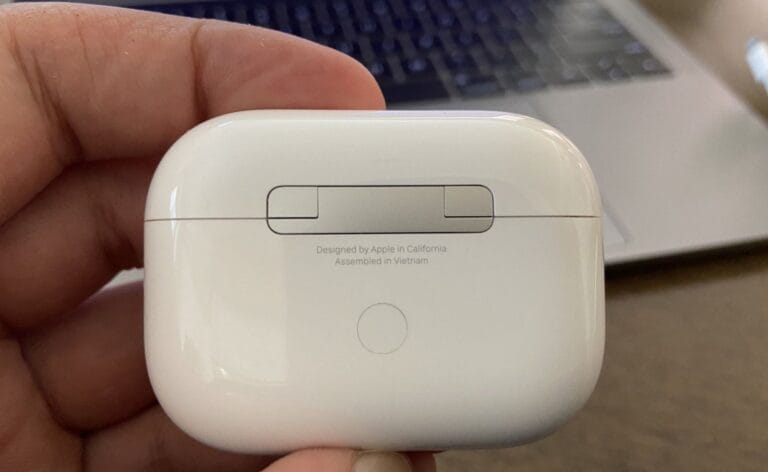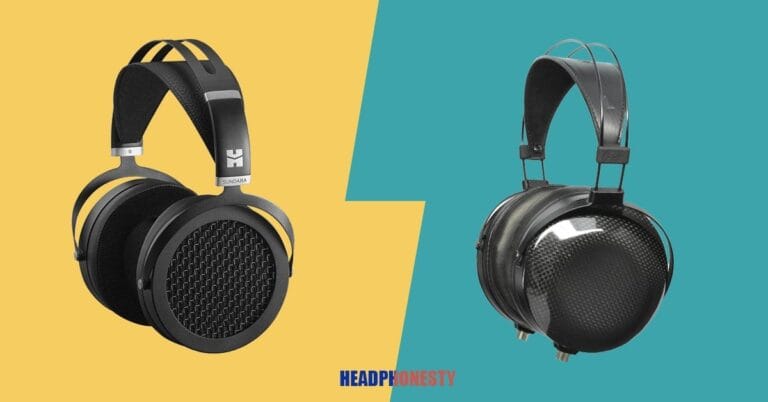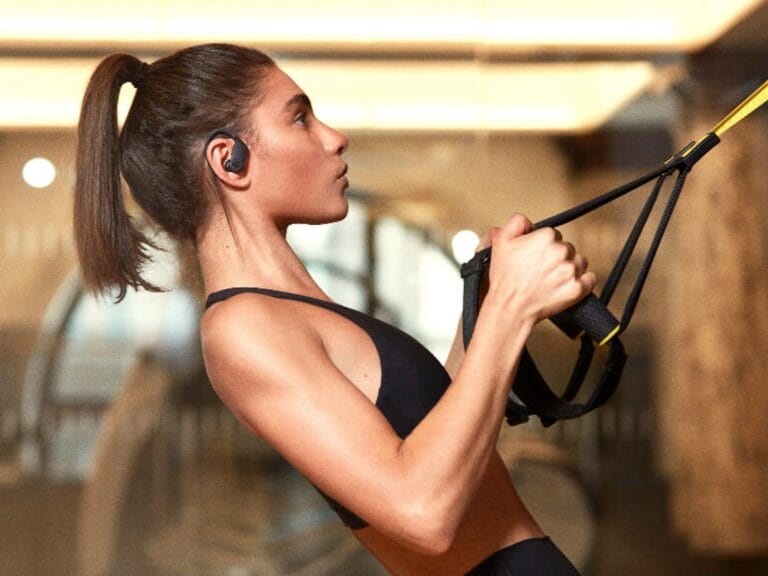
Is It Okay for Kids to Use Headphones While Studying? Let’s dive into this buzzing topic and explore the pros and cons.
Picture this: you’re studying for an important test, and you see your friend wearing headphones. Naturally, it leaves you wondering – should you be using headphones too?
Well, my curious young minds, in this article, we’ll uncover the benefits and drawbacks of using headphones while studying to help you make an informed decision. Let’s jump right in!
Is It Okay for Kids to Use Headphones While Studying?
Headphones can be a valuable tool for kids while studying, as long as certain guidelines are followed. First, choose headphones with volume-limiting features to protect their hearing. Encourage breaks to prevent fatigue and use noise-canceling headphones in a quiet environment.
Additionally, ensure that the content they listen to is educational and not distracting. Lastly, monitor their usage and set time limits to maintain a healthy balance. By taking these precautions, kids can safely use headphones while studying.
Benefits of Using Headphones while Studying
Parents and children often advocate for the use of headphones during study sessions, citing several potential benefits:
1. Improved Focus and Concentration
Many children find it challenging to concentrate in a noisy environment. By wearing headphones, they can create a personal and distraction-free study space, allowing them to focus their full attention on their work. The absence of external auditory distractions helps in maintaining concentration for longer periods and promotes better information retention.
Moreover, some kids are more auditory learners, meaning they absorb information better when they can hear it. By using headphones, they can listen to educational audio materials, such as podcasts or recorded lectures, which can reinforce their understanding of the subject matter.
2. Immersion in a Learning Environment
Using headphones while studying can provide a sense of immersion in a learning environment. Many educational websites and apps incorporate interactive audio elements, such as spoken instructions or background music that creates an engaging atmosphere. By wearing headphones, children can fully immerse themselves in the educational content, enhancing their learning experience.
3. Personalized Learning Experience
Every child has unique learning preferences and needs. Headphones can enable personalized learning by allowing children to engage with educational content at their own pace. They can listen to audio recordings, watch instructional videos, or utilize language learning apps that cater to their individual skill levels and interests.
This personalization can lead to a more effective and enjoyable learning experience for kids, motivating them to study and explore new topics.
Drawbacks of Using Headphones while Studying
While there are potential advantages to using headphones while studying, it is essential to consider the potential drawbacks:
1. Hearing Loss and Volume Control
When using headphones, children may be tempted to turn up the volume to drown out ambient noise or immerse themselves fully in the audio content. Prolonged exposure to loud volumes can lead to hearing loss or damage, especially in young children whose auditory systems are still developing.
Parents must educate their children about safe volume levels and the importance of taking breaks between study sessions to give their ears a rest.
2. Isolation and Lack of Social Interaction
Wearing headphones during study time can create a sense of isolation, as it physically separates children from their surroundings. They may miss out on opportunities for social interaction and collaboration with classmates or family members, hindering the development of important interpersonal skills.
It is important to strike a balance between individual study time with headphones and group study sessions where children can engage in discussions and share ideas.
3. Dependency on External Stimuli
Using headphones during study sessions can create a reliance on external stimuli, such as audio prompts or background music, to maintain focus and motivation. While this can be helpful in the short term, it may hinder a child’s ability to concentrate in a quiet environment or without the presence of auditory cues. Building the capacity to study without external stimuli is an important skill that should be developed alongside the use of headphones.
Considerations for Parents and Educators
When deciding whether it is okay for kids to use headphones while studying, several factors should be taken into account:
1. Age and Maturity Level
The age and maturity level of the child play a significant role in determining the appropriateness of headphone use. Younger children may have difficulty regulating volume levels or understanding the potential risks of prolonged headphone usage. Parents should closely monitor their child’s usage and provide guidance on responsible headphone usage.
2. Duration and Frequency of Use
It is important to consider how long and how often a child uses headphones while studying. Prolonged or excessive usage can lead to negative effects on hearing and social interactions. Encouraging regular breaks and incorporating other study methods, such as reading or writing, can reduce reliance on headphones and promote a more well-rounded learning experience.
3. Content and Learning Style
The type of content being consumed and the child’s preferred learning style should also be taken into consideration. For some children, auditory learning is more effective, while others may benefit from visual or kinesthetic methods. It is important to provide a variety of learning opportunities that cater to the individual needs and preferences of each child.
There is no definitive answer to whether it is okay for kids to use headphones while studying. The decision ultimately depends on the individual child, their learning style, and the specific context in which they are studying.
As parents and educators, it is important to strike a balance between harnessing the potential benefits of headphone use, such as improved focus and personalization, while mitigating the potential drawbacks, such as hearing loss and social isolation. Regular communication with children about responsible usage and monitoring their headphone habits can help create a safe and effective learning environment.
Tips for Responsible Headphone Usage
Here are a few tips to ensure responsible headphone usage for children:
1. Set Volume Limits
Use devices or headphone settings that allow you to set maximum volume limits to protect your child’s hearing. Encourage them to listen at lower volumes and take breaks to rest their ears.
2. Monitor Usage Time
Keep track of how long your child uses headphones during study sessions and ensure they take regular breaks to prevent overexposure. Encourage them to engage in other activities that do not involve headphone usage.
3. Emphasize Social Interaction
Encourage group study sessions or discussions where children can interact with their peers or family members. This helps them develop important social skills and fosters collaboration.
4. Incorporate Multiple Learning Methods
Encourage your child to engage with learning materials in various formats, such as reading, writing, or hands-on activities. This reduces their dependency on headphones and promotes a well-rounded learning experience.
While the use of headphones during studying can have both advantages and disadvantages, it ultimately comes down to finding the right balance for each child.
Knowing their individual needs, monitoring responsible usage, and fostering a comprehensive learning environment that incorporates different methods can help children effectively use headphones while studying without compromising their overall well-being.
By considering the potential benefits and drawbacks and implementing responsible headphone usage guidelines, parents and educators can ensure that children derive the maximum advantage from this technological tool.
Frequently Asked Questions
Here are some common questions and answers regarding the use of headphones by kids while studying:
Are headphones beneficial or detrimental to a child’s studying habits?
Headphones can be beneficial for kids while studying, as they help create a focused environment. By blocking out external noise, headphones allow children to concentrate better on their tasks. However, it’s important to monitor the volume levels to prevent hearing damage.
Additionally, the type of audio being listened to is crucial. Instrumental music or white noise can enhance focus, while distractions like lyrics or fast-paced music can hinder concentration. It’s essential to find the right balance and ensure that headphones are used responsibly.
At what age is it appropriate for kids to start using headphones while studying?
The appropriateness of using headphones while studying depends on factors such as maturity, responsibility, and the child’s ability to manage distractions. Generally, kids around the age of 10 or older can start using headphones with proper guidance and supervision. It’s important to teach them about responsible headphone usage and set restrictions on volume and duration.
You should also encourage breaks from using headphones to give their ears and minds a rest. Starting gradually and gradually increasing their usage as they develop good study habits is key to ensuring safe and effective use of headphones.
Can using headphones while studying improve a child’s focus?
Yes, using headphones while studying can improve a child’s focus. By blocking out background noise, headphones create a quieter and more controlled environment, allowing kids to concentrate on their tasks. The absence of distractions can enhance their ability to absorb information and retain it.
However, it’s important to note that individual preferences may vary, and some children may find it difficult to study with any noise, including soft instrumental music. It’s crucial to recognize what works best for each child, as everyone has unique learning styles and preferences.
Are there any potential negative effects of using headphones while studying?
While using headphones can be beneficial, there are potential negative effects when not used responsibly. Listening to music with lyrics or engaging in other distracting activities while studying can hinder focus and comprehension. It’s important to guide children in selecting appropriate audio content for studying.
Additionally, prolonged or excessively loud headphone usage can lead to hearing damage. It’s crucial to set volume limits and take breaks from headphone usage to prevent any long-term hearing complications. Monitoring your child’s headphone use and discussing responsible habits is essential.
How can parents ensure safe and responsible headphone usage for their kids?
Parents can ensure safe and responsible headphone usage by setting clear guidelines and discussing the importance of responsible listening. It’s important to teach children how to manage volume levels, take breaks, and choose appropriate audio content for studying.
Regularly checking in with your child and monitoring their headphone use can help ensure they’re following the guidelines. Encouraging open communication about any discomfort or concerns can also help address any potential issues quickly. By being involved and proactive, parents can help their kids develop healthy study habits while using headphones.
Using headphones while studying can have both positive and negative effects on kids. On one hand, it can help them focus and block out distractions. On the other hand, it may lead to hearing loss and difficulties with understanding spoken language.
It is important for kids to use headphones responsibly and take breaks to protect their hearing. Taking breaks from using headphones and practicing good listening habits are key to finding a healthy balance. Ultimately, it is up to parents and kids to make informed choices based on their individual needs and circumstances.

